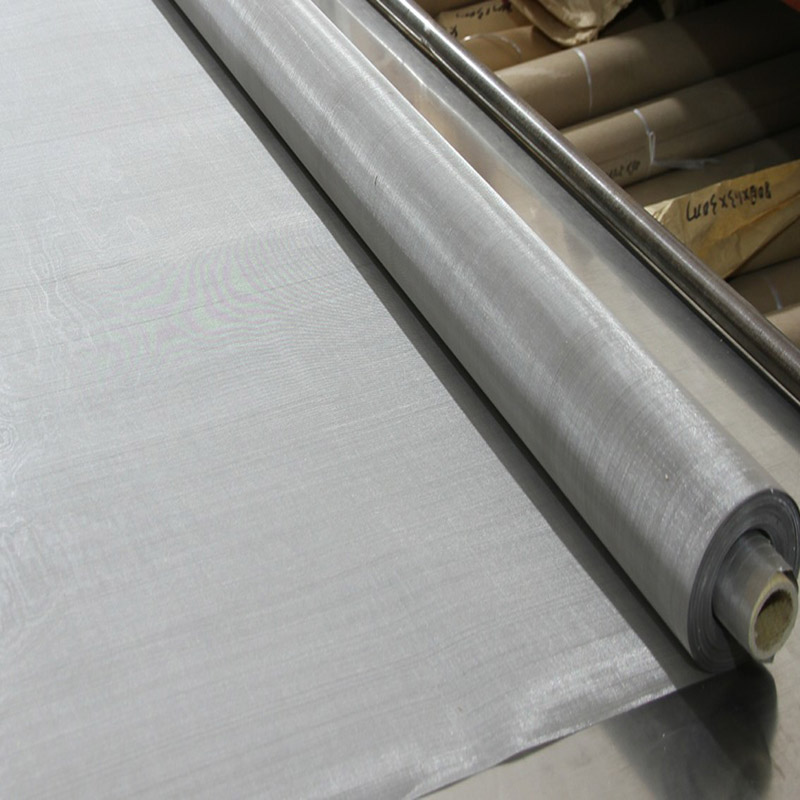-
+86 15030157877
-
sales@galvanizedmetalmesh.com
Th11 . 30, 2024 20:43 Back to list
pvc coated steel wire factory
The Marvel of PVC Coated Steel Wire A Look Inside the Manufacturing Process
PVC (polyvinyl chloride) coated steel wire is increasingly popular in various industries due to its durability, corrosion resistance, and versatility. The manufacturing process of this remarkable product involves several meticulously executed steps, ensuring that the final output meets the highest standards of quality and functionality. This article delves into the factory production of PVC coated steel wire, illuminating its significance and applications in today's market.
The Genesis of PVC Coated Steel Wire
The journey of PVC coated steel wire begins with the selection of high-quality steel wire. Steel wire is known for its strength and adaptability, making it an ideal substrate for PVC coating. Manufacturers typically source steel from reputable suppliers to guarantee consistency in quality. The wire’s diameter can be adjusted according to specific requirements, ranging from thin strands suitable for intricate applications to thicker wires intended for heavy-duty uses.
Prepping the Wire
Once the steel wire is selected, the next step is to clean and prepare it for coating. This process usually involves removing any impurities, such as rust and oil, which could prevent the PVC from adhering properly. Cleaning methods may include chemical baths or mechanical brushing, followed by rinsing with water to ensure that the surface is spotless. Proper preparation is crucial, as the quality of adhesion will directly influence the longevity and performance of the PVC coating.
Coating Process
The actual coating of the steel wire is where the magic happens
. There are several methods for applying PVC to the steel wire, with the most common being extrusion and dip coating.1. Extrusion This process involves feeding the steel wire through an extruder where it is coated with molten PVC. The wire is then cooled, solidifying the PVC into a strong layer that tightly adheres to the wire. Extrusion is preferred for its ability to provide a uniform coating thickness and is widely used for products that require specific diameters.
2. Dip Coating In this method, the clean steel wire is dipped into a container filled with liquid PVC. Once the wire is removed, excess PVC is drained off before the wire is heated to ensure proper adhesion and curing of the coating. Dip coating is often utilized for thicker applications where a more substantial PVC layer is desired.
pvc coated steel wire factory

Quality Control
A significant aspect of manufacturing PVC coated steel wire is quality control. Factories employ rigorous testing methods to ensure that the finished product meets industry standards. This includes checking for adherence, flexibility, and UV resistance of the PVC coating. High-quality PVC is resistant to environmental factors, ensuring that the wire can withstand exposure to harsh conditions without degrading over time.
To ensure consistency, manufacturers often implement batch testing, where samples from each production run are evaluated for strength and coating integrity. Advanced technology, including tensile strength testing and environmental simulations, allows factories to guarantee that their products will perform reliably.
Versatile Applications
The finished PVC coated steel wire is remarkably versatile, finding applications across a range of sectors. In construction, it is often used for reinforcement, jigs, and hooks due to its strength and resistance to rust. In agriculture, it serves for fencing and trellising, proving to be both durable and aesthetically pleasing. The automotive industry leverages PVC coated steel wire for various components, enhancing both functionality and safety features.
Sustainability Considerations
In today’s environmentally conscious world, many manufacturers are also incorporating sustainability practices into their work. PVC can be recycled, and factories are increasingly working towards minimizing waste and energy consumption during the manufacturing process. By adopting greener practices, PVC coated steel wire producers are not only enhancing their market appeal but also contributing to a more sustainable future.
Conclusion
The production of PVC coated steel wire within factories is a testimony to the advancements in material engineering and manufacturing technology. The process combines the strength of steel with the protective properties of PVC, resulting in a product that meets the needs of diverse industries. As demand continues to grow, innovation in coatings and manufacturing processes will further enhance the capabilities and applications of PVC coated steel wire, ensuring it remains a staple in various sectors for years to come.
-
Artificial Grass Fence: Privacy, Beauty & Low Maintenance
NewsAug.08,2025
-
Premium Perforated Metal Mesh & Custom Sheets
NewsAug.07,2025
-
Premium Security Window Screen Mesh | Unmatched Safety
NewsAug.05,2025
-
Premium Artificial Grass Fence | AI Design Privacy Solution
NewsAug.04,2025
-
Premium Hexagonal Gabion Mesh Solutions | Durable & Eco-Friendly
NewsAug.03,2025
-
Welded Gabion Solutions: Durable & AI-Enhanced Designs
NewsAug.01,2025



